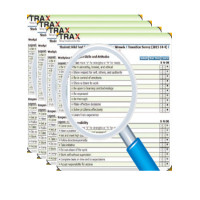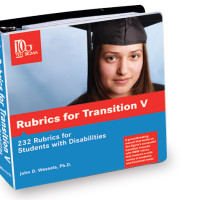Top 5 Reasons To Use Rubrics…
Reason #1 – Rubrics make grading more clear, consistent, and equitable.
Clarity comes from stating up front on the rubric what is to be evaluated. Consistency is gained by providing this information to all students via the rubric and then using that rubric to grade each student's work. Equity is gained when every student knows what is expected and is given the information they need to succeed. Success or failure then becomes less an arbitrary judgement by the teacher and more a responsible choice on the part of the student.
With a well-designed rubric in hand, students no longer wonder “Is this good enough?” They'll know the answer. Furthermore, once your students grow accustomed to using rubrics, they'll often know what grade they will be receiving on an assignment BEFORE THEY TURN IT IN!
Reason #2 – Rubrics raise the quality of work students produce.
A good rubric gives students a clear picture of what the end result should look like and what range of quality is acceptable for a given task. Armed with these images, students are more eager and more able to produce a quality product.
Reason #3 – Rubrics save teachers time.
Grading an assignment using a rubric is much less time-consuming since the rubric spells out very clearly what to look for and how to rate it. Plus, if your students have had the rubric in hand as they worked on the assignment, they will be turning in better quality and more easily gradable work.
Reason #4 – Rubrics save classroom time.
Rubrics give students the information they need to start an assignment, information that you would otherwise have to convey verbally, thus freeing you to move on to other material.
Reason #5 – Rubrics save students time.
When a teacher provides a rubric at the time an assignment is given, students immediately know what is expected of them. They spend more of their time and energy on the tasks at hand and less on trying to figure out what the teacher wants.










